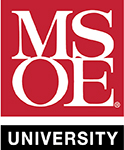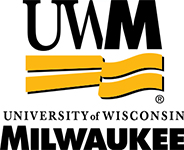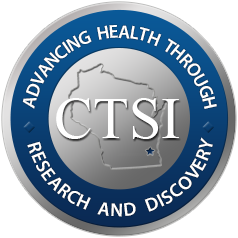Tissue factor pathway inhibitor blocks angiogenesis via its carboxyl terminus. Arterioscler Thromb Vasc Biol 2012 Mar;32(3):704-11
Date
01/10/2012Pubmed ID
22223730Pubmed Central ID
PMC3288894DOI
10.1161/ATVBAHA.111.243733Scopus ID
2-s2.0-84857658518 (requires institutional sign-in at Scopus site) 23 CitationsAbstract
OBJECTIVE: Tissue factor pathway inhibitor (TFPI) is the primary regulator of the tissue factor (TF) coagulation pathway. As such, TFPI may regulate the proangiogenic effects of TF. TFPI may also affect angiogenesis independently of TF, through sequences within its polybasic carboxyl terminus (TFPI C terminus [TFPIct]). We aimed to determine the effects of TFPI on angiogenesis and the role of TFPIct.
METHODS AND RESULTS: Transgenic overexpression of TFPI attenuated angiogenesis in the murine hindlimb ischemia model and an aortic sprout assay. In vitro, TFPI inhibited endothelial cell migration. Peptides within the human TFPIct inhibited endothelial cell cord formation and migration in response to vascular endothelial growth factor (VEGF) 165 but not VEGF121. Furthermore, exposure to human TFPIct inhibited the phosphorylation of VEGF receptor 2 at residue Lys951, a residue known to be critical for endothelial cell migration. Finally, systemic delivery of a murine TFPIct peptide inhibited angiogenesis in the hindlimb model.
CONCLUSION: These data demonstrate an inhibitory role for TFPI in angiogenesis that is, in part, mediated through peptides within its carboxyl terminus. In addition to its known role as a TF antagonist, TFPI, via its carboxyl terminus, may regulate angiogenesis by directly blocking VEGF receptor 2 activation and attenuating the migratory capacity of endothelial cells.
Author List
Holroyd EW, Delacroix S, Larsen K, Harbuzariu A, Psaltis PJ, Wang L, Pan S, White TA, Witt TA, Kleppe LS, Mueske CS, Mukhopadhyay D, Simari RDMESH terms used to index this publication - Major topics in bold
Angiogenesis InhibitorsAnimals
Binding Sites
Cell Movement
Disease Models, Animal
Heparin
Hindlimb
Human Umbilical Vein Endothelial Cells
Humans
Ischemia
Lipoproteins
Male
Mice
Mice, Inbred C57BL
Mice, Transgenic
Microfilament Proteins
Muscle Proteins
Muscle, Skeletal
Neovascularization, Physiologic
Peptides
Phosphorylation
Promoter Regions, Genetic
Protein Structure, Tertiary
Time Factors
Vascular Endothelial Growth Factor Receptor-2









